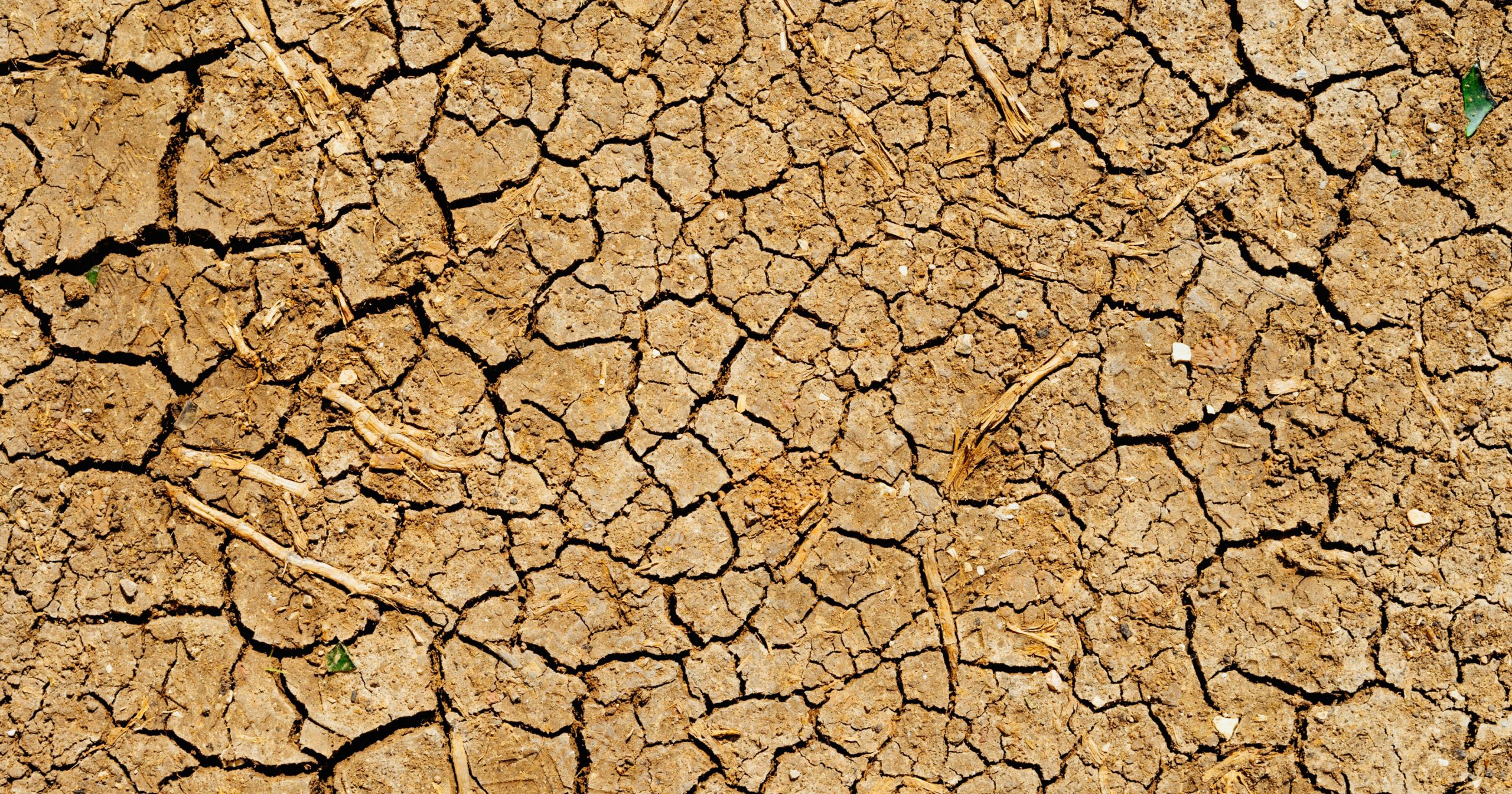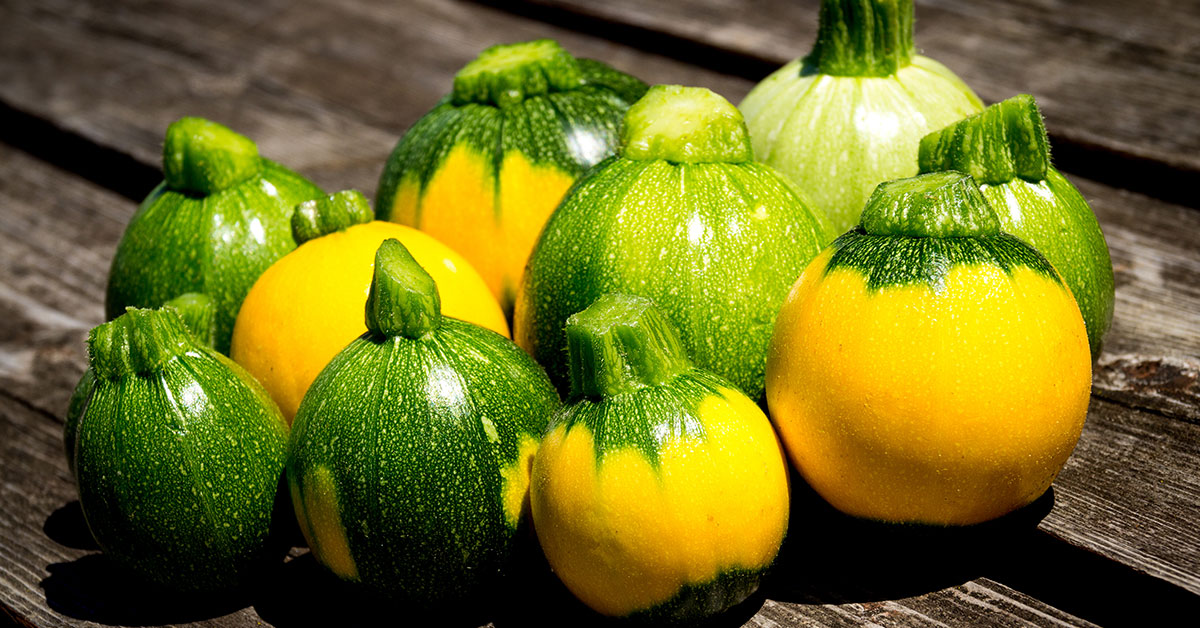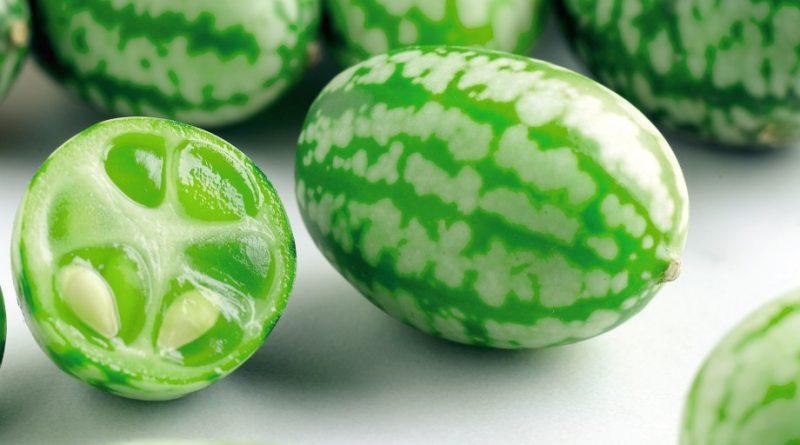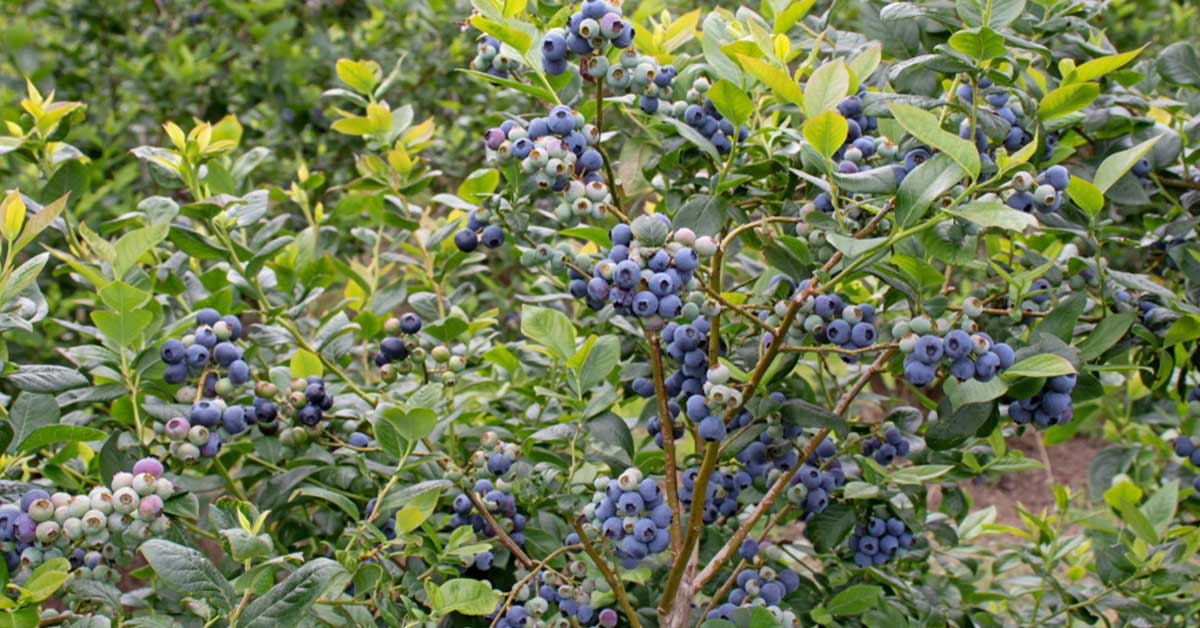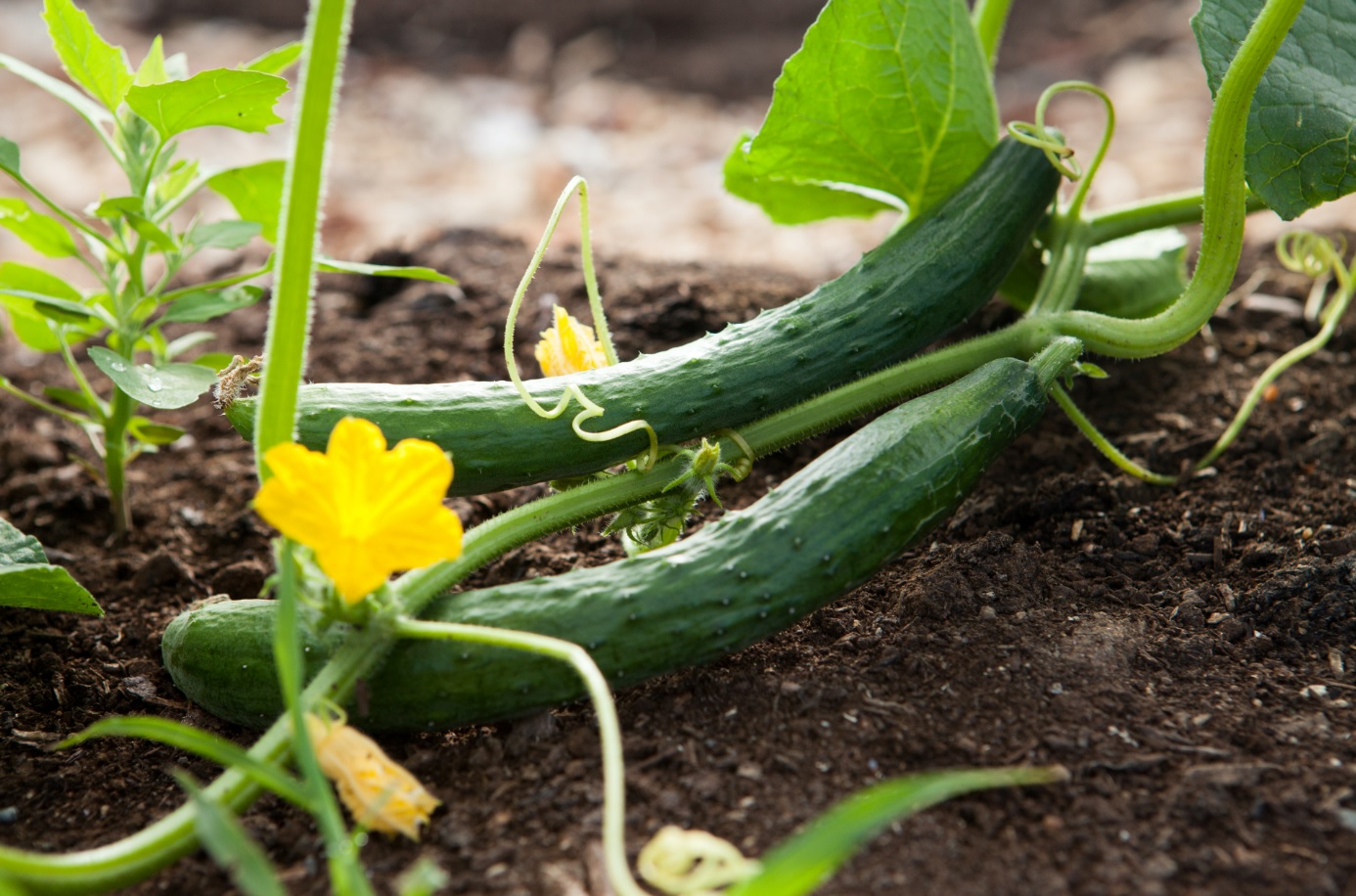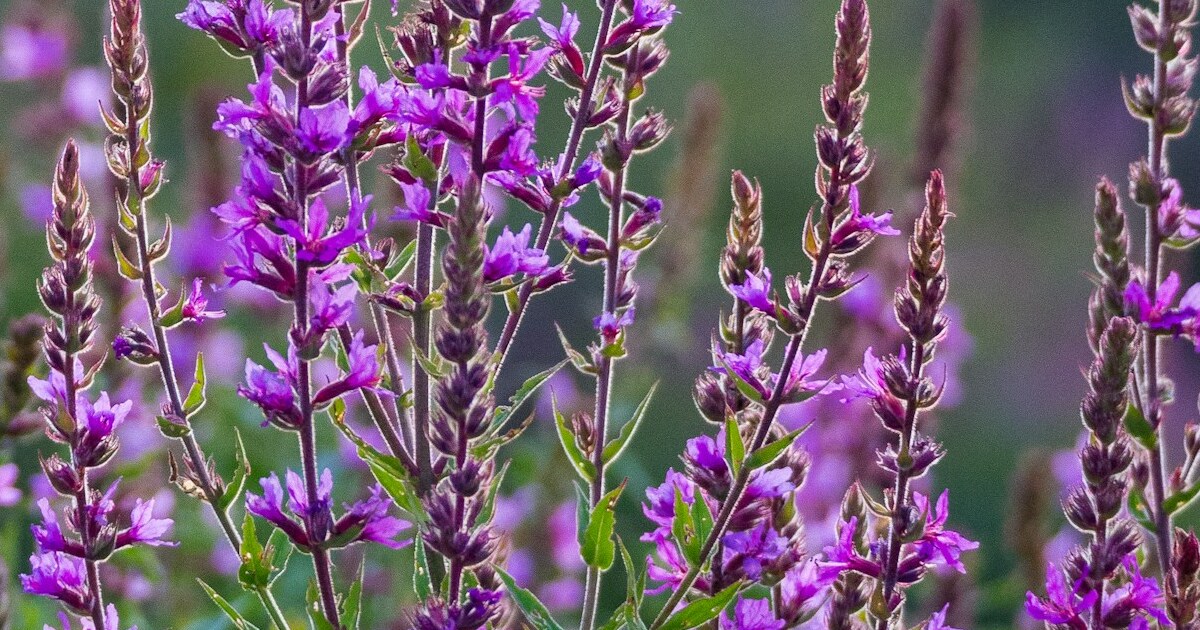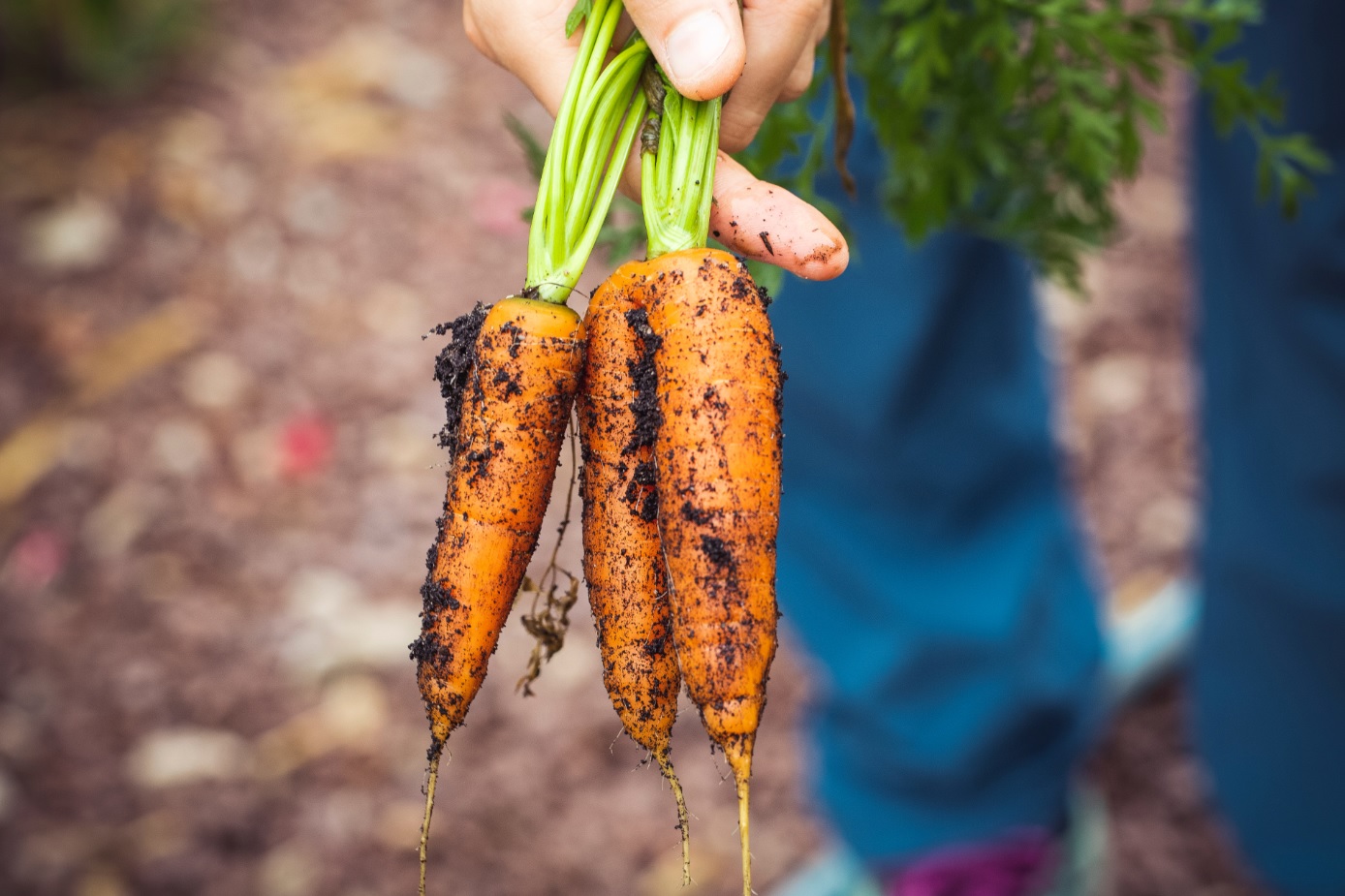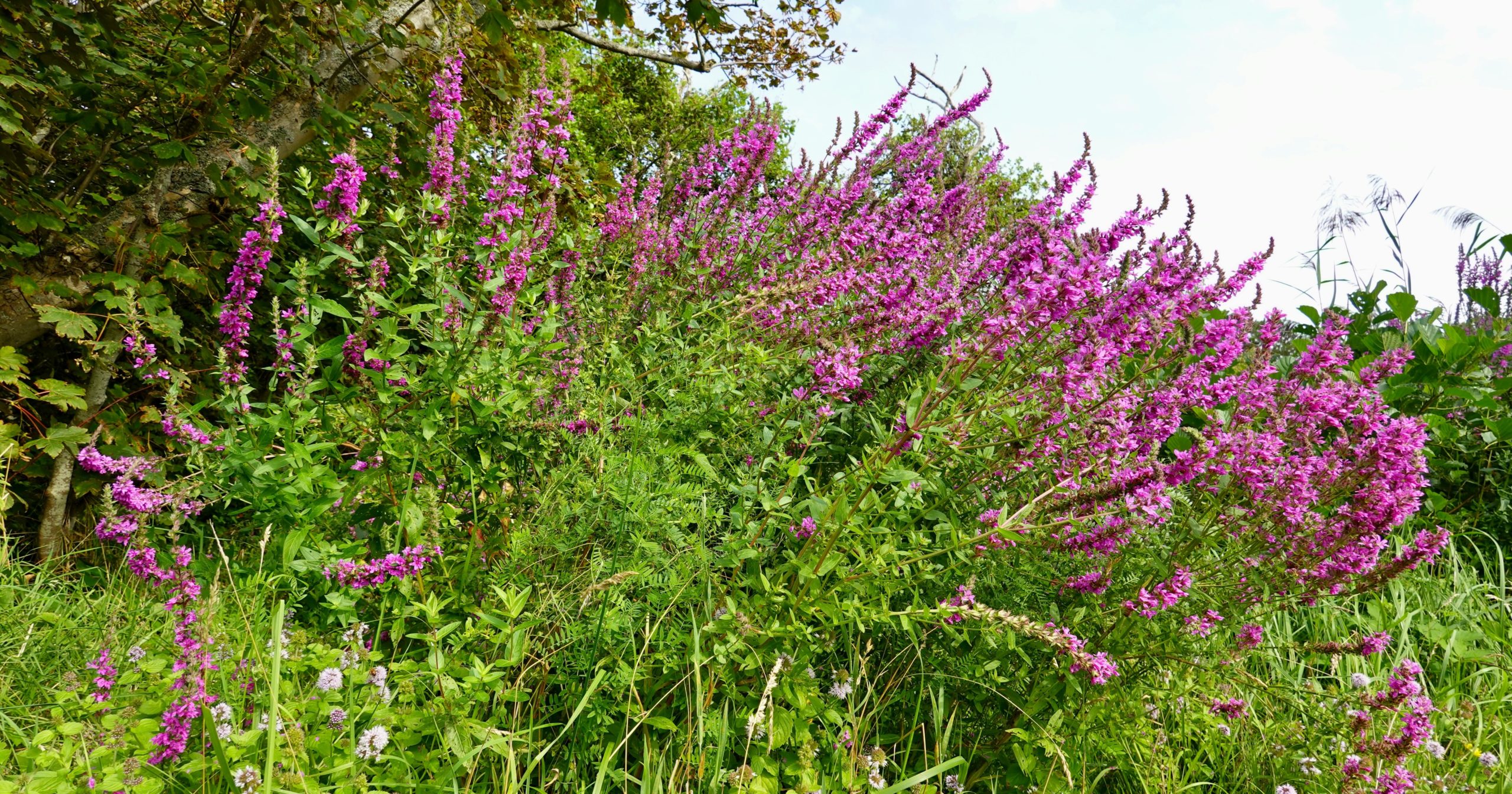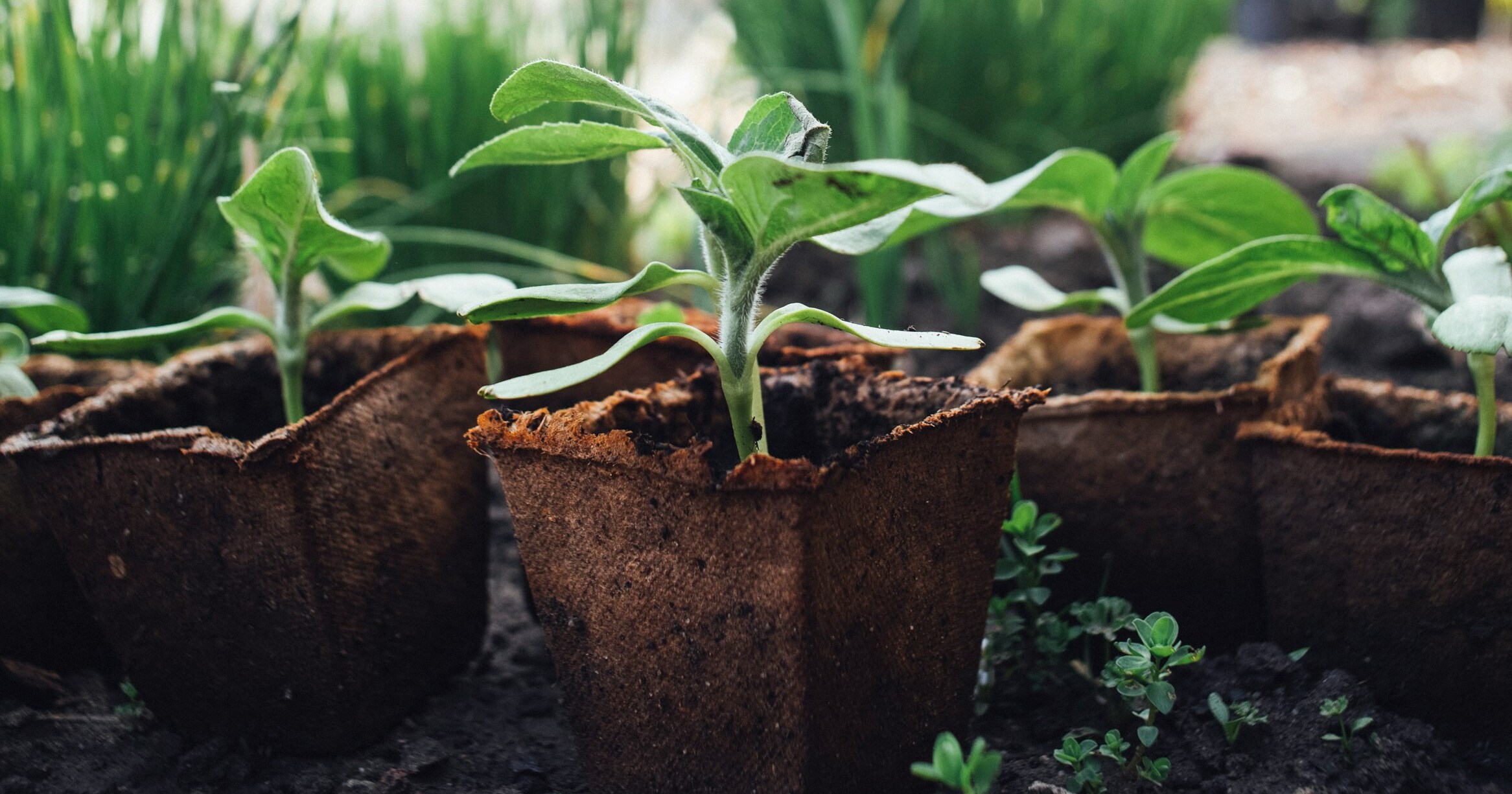Weeds can be a gardener’s nightmare, competing with your beloved plants for nutrients, water, and sunlight. While chemical weed killers might seem like a quick fix, they can have long-lasting negative effects on your soil and plants. These harsh chemicals can degrade soil health, harm beneficial microorganisms, and even leach into water supplies, causing broader environmental damage. The good news is there are many safer, more sustainable alternatives to manage weeds effectively without compromising the health of your garden.
In this article, I’ll introduce you to several eco-friendly weed control methods that not only protect your soil but also enhance the overall health of your garden. From natural herbicides to physical barriers, these alternatives can help you maintain a beautiful, weed-free garden in a responsible way. Let’s explore these safer options together!
Mulching
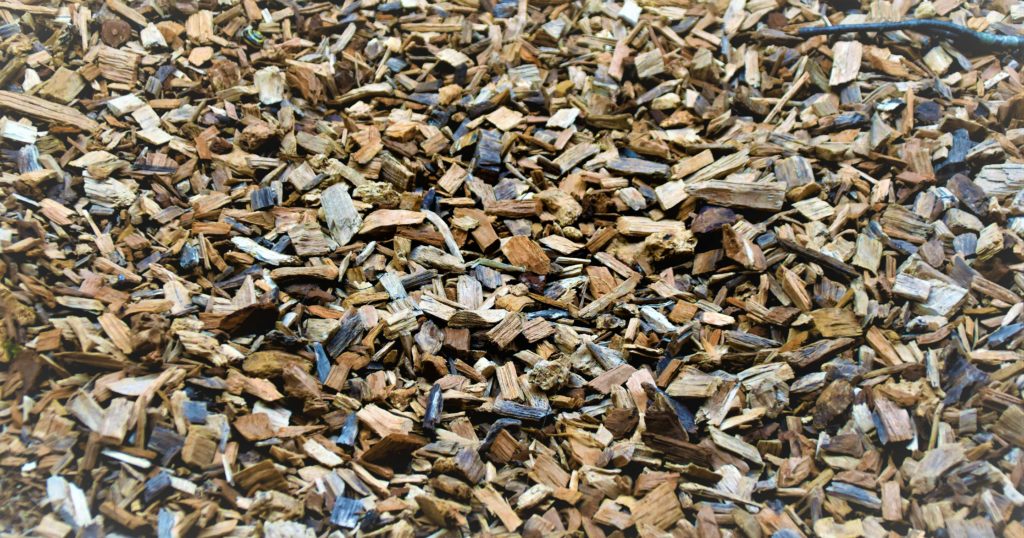
One of the most effective and eco-friendly ways to control weeds is by using mulch. Mulching involves spreading a layer of organic material, such as straw, wood chips, or compost, over the soil surface. This barrier blocks sunlight from reaching weed seeds, preventing them from germinating and growing. Mulch also helps retain soil moisture, regulate soil temperature, and add organic matter as it decomposes, improving overall soil health.
I love using mulch because it not only suppresses weeds but also enhances the aesthetic appeal of my garden beds. Choose a mulch material that suits your garden’s needs and apply it generously, at least 2-3 inches thick, around your plants. Remember to replenish the mulch periodically as it breaks down to maintain its weed-suppressing benefits. Mulching is a simple, effective way to keep weeds at bay while nurturing your garden soil.
Hand Weeding
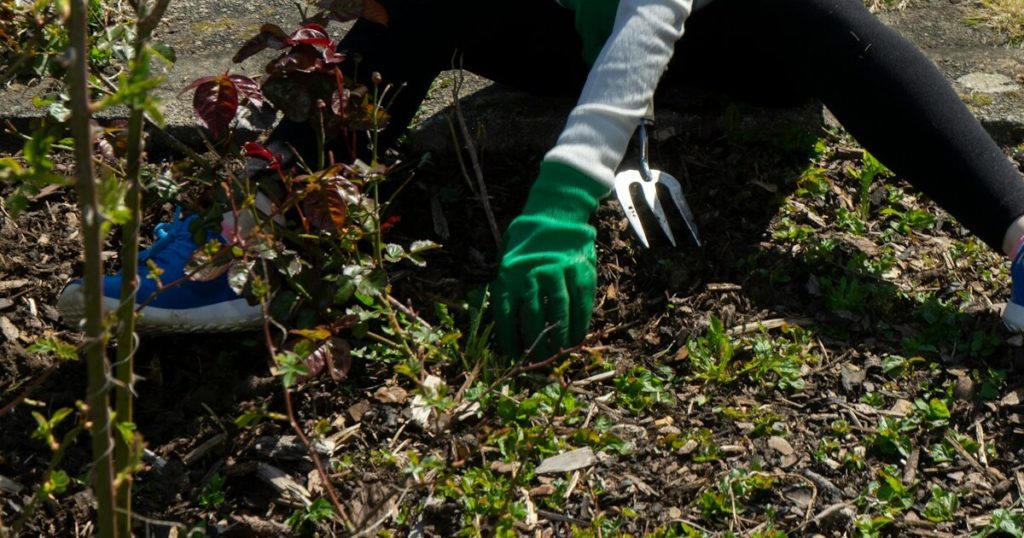
While it might not be the most glamorous method, hand weeding is highly effective and environmentally friendly. Regularly pulling weeds by hand helps prevent them from spreading and setting seeds. It’s best to weed after a rain when the soil is moist, making it easier to pull out the entire root system. For tougher weeds, using tools like a hand trowel or weeding fork can make the job easier.
One of the benefits of hand weeding is that it allows you to get up close and personal with your garden, giving you a chance to inspect your plants for pests or diseases. It can be a therapeutic activity, allowing you to spend peaceful time outdoors. By incorporating hand weeding into your routine, you can maintain a healthy, weed-free garden without relying on harmful chemicals.
Vinegar Solution
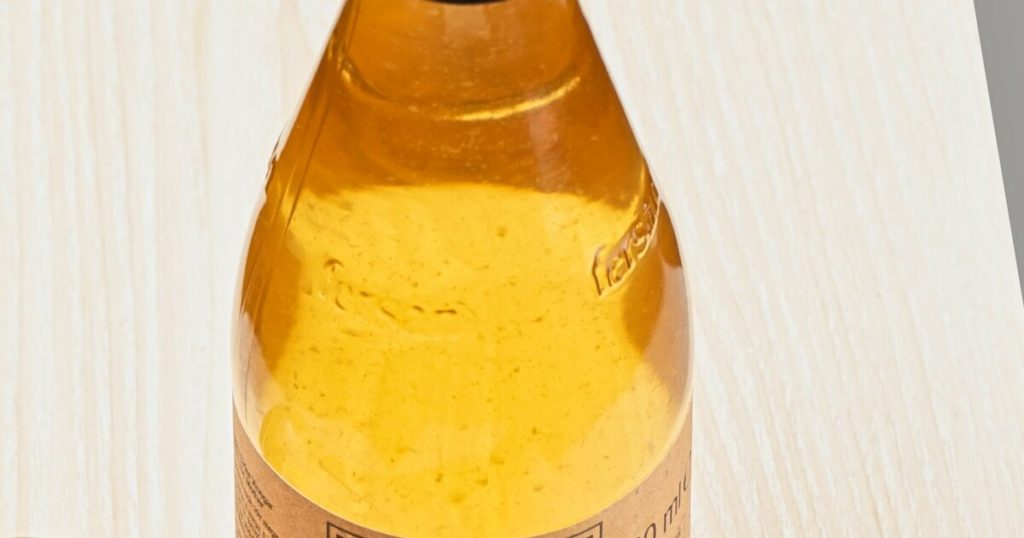
A natural and effective homemade herbicide can be made using vinegar. The acetic acid in vinegar works by drying out the leaves of weeds, causing them to die. For best results, use a vinegar with at least 5% acetic acid concentration. Mix it with a few drops of dish soap to help it stick to the leaves. Spray the solution directly onto the weeds on a sunny day, avoiding contact with your desirable plants.
One of the things I appreciate about using a vinegar solution is its simplicity and availability. You can easily find vinegar in your kitchen or local grocery store. However, be cautious with its application, as it is non-selective and can harm any plant it touches. This method works best on young, annual weeds and may require repeated applications for tougher, perennial weeds.
Corn Gluten Meal
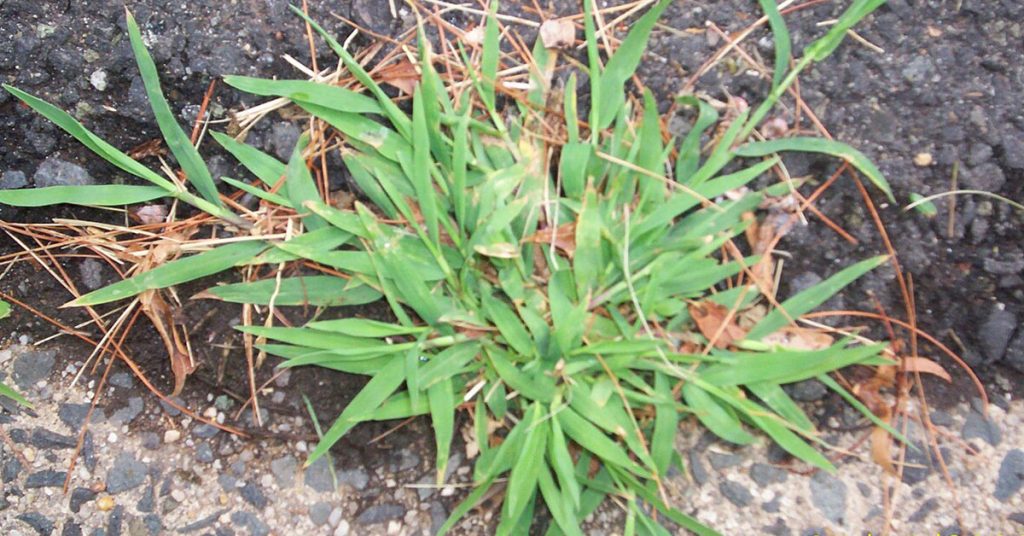
Corn gluten meal is a natural pre-emergent herbicide that prevents weed seeds from germinating. When applied to your garden, it forms a barrier that inhibits the growth of newly sprouted seeds. This method is particularly effective for annual weeds like crabgrass and dandelions. Apply corn gluten meal in early spring before the weeds start to germinate, and water it in lightly to activate its weed-suppressing properties.
I love using corn gluten meal because it also acts as a nitrogen-rich fertilizer, promoting healthy plant growth. It’s a win-win for your garden: fewer weeds and more nutrients for your plants. Be aware that corn gluten meal doesn’t affect existing weeds, so it’s best used as part of an integrated weed management plan. Regular applications can help keep your garden weed-free and thriving.
Boiling Water
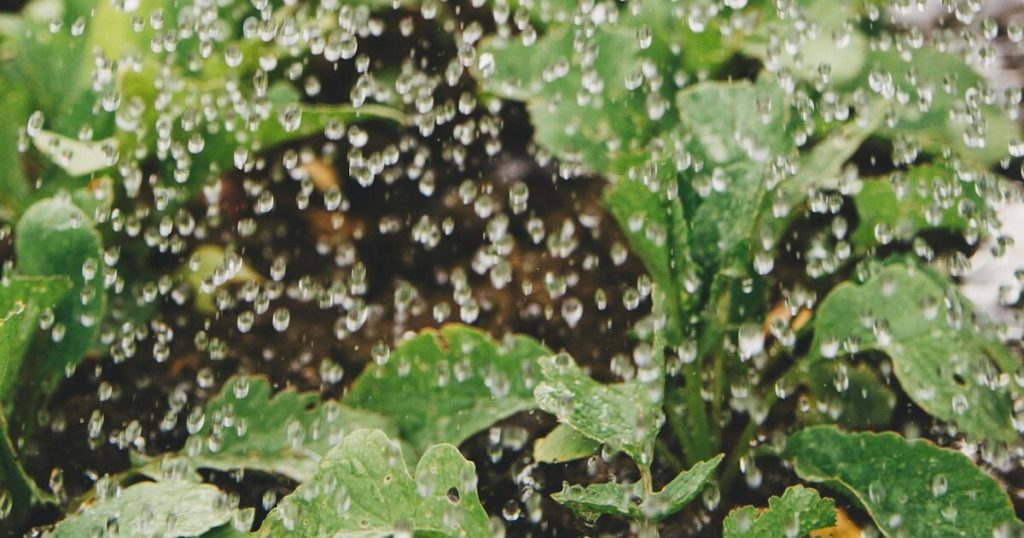
Boiling water is a simple and effective way to kill weeds, especially those growing in hard-to-reach areas like cracks in driveways or sidewalks. Carefully pour boiling water directly onto the weeds, ensuring the hot water reaches the roots. This method works quickly, causing the weeds to wilt and die within a few hours. Be cautious when using boiling water around desirable plants, as it can harm any vegetation it touches.
One of the advantages of using boiling water is that it’s free and environmentally friendly. There are no chemicals involved, making it a safe option for gardens frequented by pets and children. This method is best suited for small, isolated weed problems rather than large garden beds. Incorporating boiling water into your weed control arsenal can help you tackle tough weeds naturally and effectively.
Cover Crops
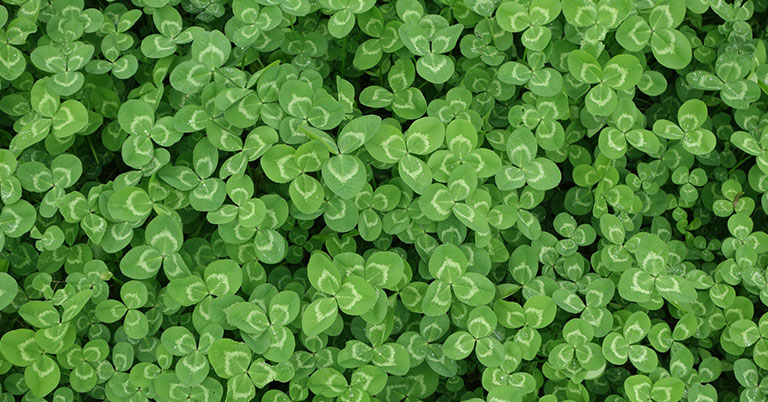
Cover crops are an excellent way to suppress weeds while improving soil health. Planting cover crops, such as clover, rye, or buckwheat, in your garden during the off-season can outcompete weeds for space and nutrients. These plants grow densely and shade the soil, preventing weed seeds from germinating. Additionally, cover crops add organic matter to the soil as they decompose, enhancing soil fertility and structure.
I find cover cropping to be a great way to maintain garden productivity even when it’s not the growing season. The benefits extend beyond weed control, as cover crops can also reduce soil erosion and attract beneficial insects. After growing, you can mow them down and incorporate the plant material into the soil, providing a nutrient boost for your next crop. Cover cropping is a sustainable practice that keeps weeds in check while enriching your garden.
Cardboard and Newspaper

Using cardboard and newspaper as a weed barrier is an effective, low-cost method to smother weeds. Lay down sheets of cardboard or several layers of newspaper over the soil, overlapping the edges to ensure complete coverage. Wet the material to help it stay in place and then cover it with a layer of mulch. This barrier blocks sunlight, preventing weeds from growing while eventually decomposing and adding organic matter to the soil.
One of the things I enjoy about this method is its simplicity and the use of readily available materials. It’s a great way to recycle and repurpose cardboard and newspaper while benefiting your garden. This technique is particularly useful for starting new garden beds or reclaiming overgrown areas. By combining this method with other weed control practices, you can maintain a healthy, weed-free garden.
Solarization
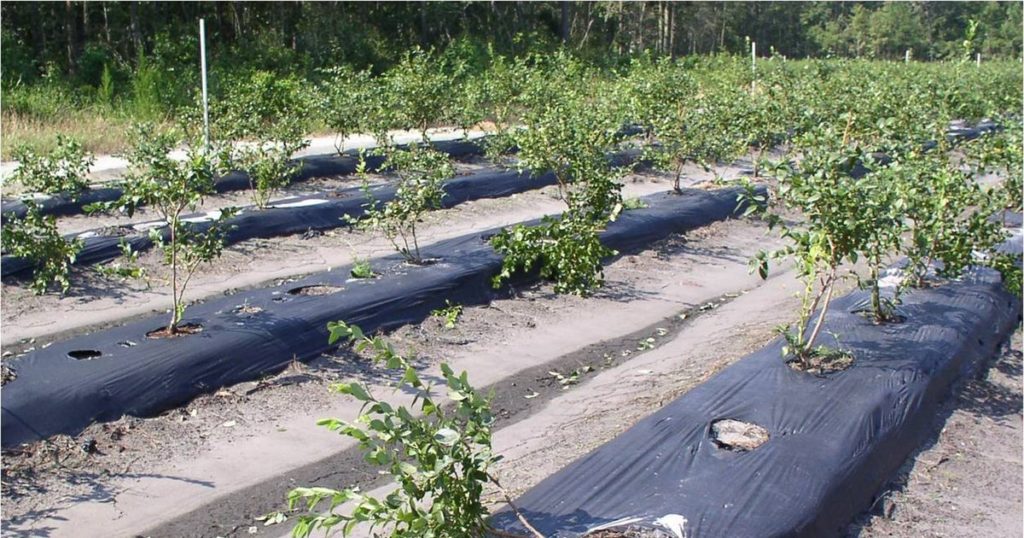
Solarization is a natural method that uses the sun’s heat to kill weeds and soil-borne pathogens. To solarize your soil, cover the area with clear plastic sheeting and secure the edges with soil or rocks. Leave the plastic in place for 4-6 weeks during the hottest part of the year. The heat trapped under the plastic will raise soil temperatures to levels that kill weed seeds, pests, and disease organisms.
I love solarization because it’s an effective way to sterilize the soil without using chemicals. It’s especially useful for preparing a new garden bed or controlling persistent weed problems. After removing the plastic, you’ll have a weed-free area ready for planting. Keep in mind that solarization works best in sunny, warm climates and may not be as effective in cooler regions. This method is a powerful tool in creating a healthy growing environment.
Flame Weeding

Flame weeding involves using a propane torch to kill weeds with intense heat. This method works by passing the flame over the weeds, causing the plant cells to burst and the weeds to wilt and die. Flame weeding is effective for annual weeds and can be used in garden beds, along pathways, and around fence lines. Be sure to follow safety guidelines and avoid using this method in dry, fire-prone areas.
One of the benefits of flame weeding is that it doesn’t disturb the soil, which can bring more weed seeds to the surface. It’s a quick and efficient way to tackle weeds, especially in larger areas. While flame weeding won’t work on deep-rooted perennial weeds, it’s an excellent addition to your integrated weed management strategy. This method offers a chemical-free way to maintain a clean, weed-free garden.
Using a Hoe
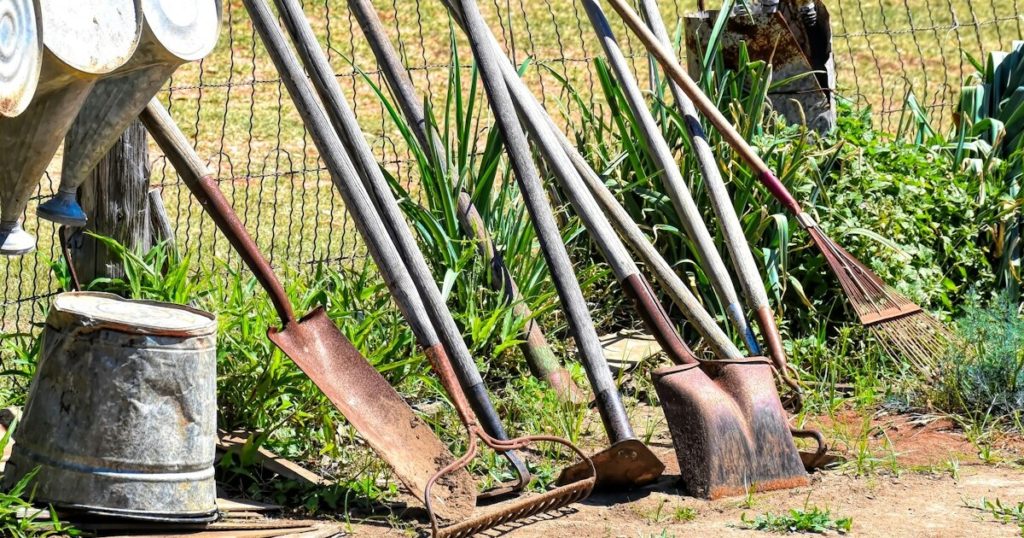
Regular hoeing is a traditional and effective method for controlling weeds in your garden. A hoe allows you to cut weeds off just below the soil surface, disrupting their growth and preventing them from re-establishing. Hoeing is best done when weeds are small and the soil is dry, making it easier to sever the roots. Use a sharp hoe and keep the blade slightly below the soil surface to avoid disturbing your plants.
I find hoeing to be a satisfying and meditative activity. It not only controls weeds but also aerates the soil and improves water infiltration. Regular hoeing, combined with other methods like mulching and hand weeding, can keep your garden virtually weed-free. Incorporating this age-old practice into your routine helps maintain a healthy, productive garden without relying on harmful chemicals.
